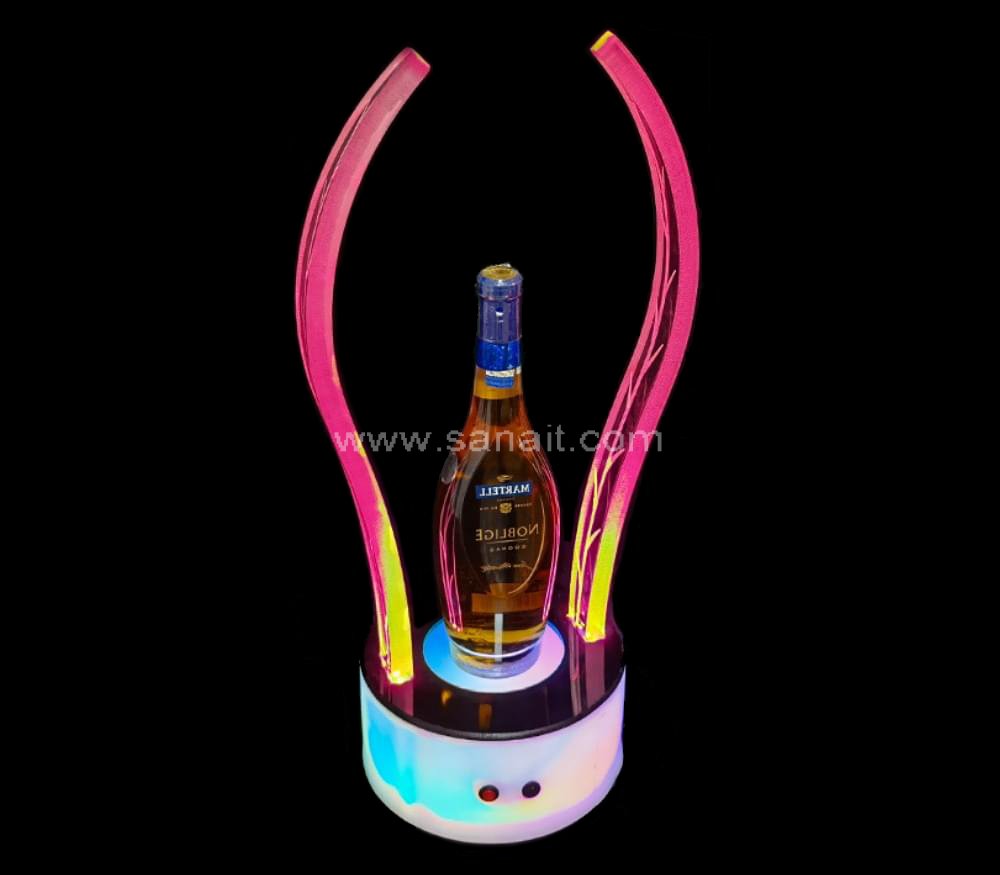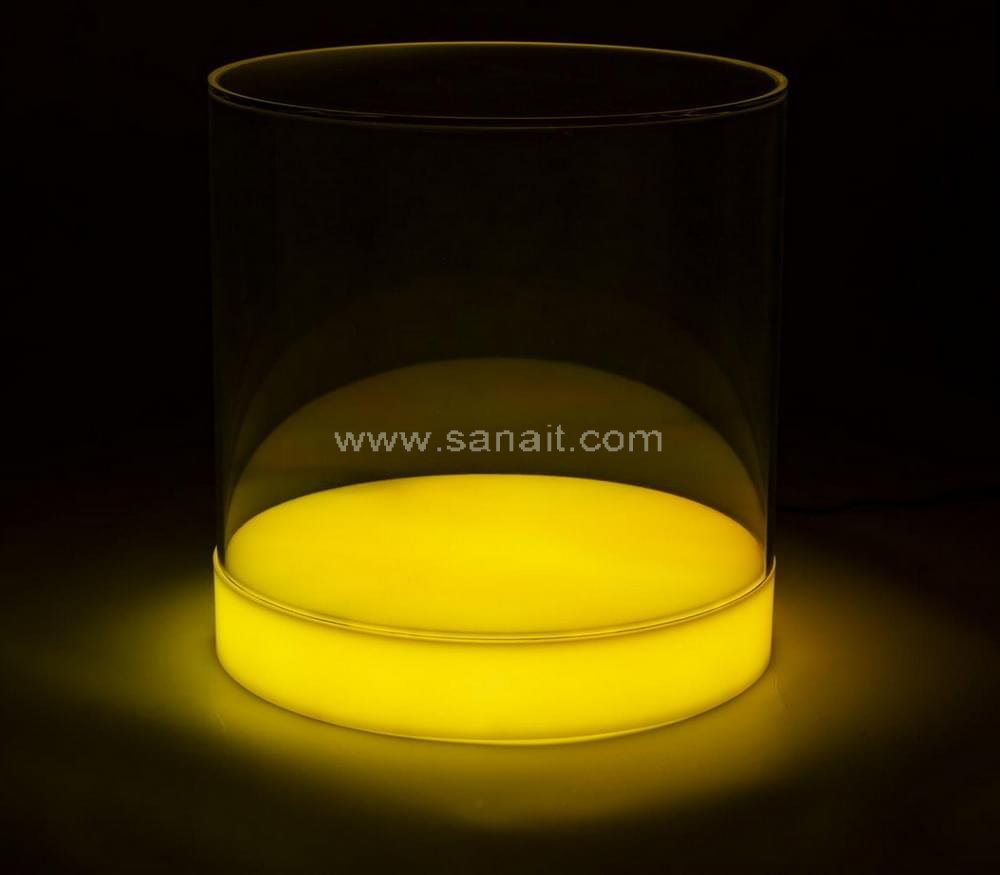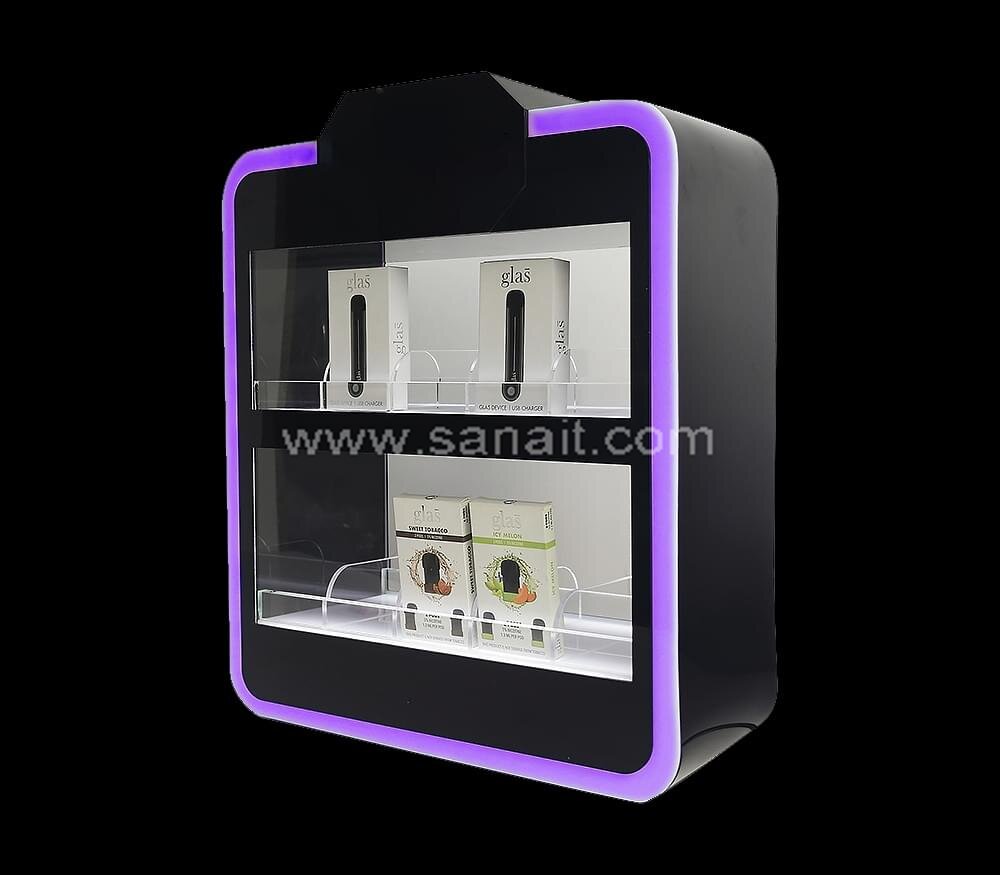In the realm of technology exhibitions, the presentation and visibility of cutting-edge innovations play a crucial role in captivating audiences and potential stakeholders. One of the most effective and aesthetically pleasing materials used for such displays is acrylic. Known for its versatility, clarity, and durability, acrylic display products have become indispensable in showcasing technological advancements in a visually appealing manner. This article explores the multifaceted applications of acrylic display products in technology exhibitions and how they enhance the overall presentation experience.



Versatility and Customization
Acrylic, a type of plastic known for its transparency and rigidity, offers unparalleled versatility in design and functionality. Its ability to be easily molded and shaped into various forms makes it ideal for creating custom display units tailored to specific technological exhibits. Whether it’s a sleek, minimalistic stand for a smartphone or an elaborate, multi-tiered display for a complex piece of machinery, acrylic can be fabricated to meet diverse exhibition needs.
Customization is key in technology exhibitions, where products often need to stand out in a crowded space. Acrylic displays can be customized with specific branding, colors, and shapes to align with the exhibitor’s corporate identity and the theme of the exhibition. This level of customization not only enhances the visual appeal but also reinforces brand recognition and recall among attendees.
Clarity and Transparency
One of the standout features of acrylic is its crystal-clear transparency, which rivals that of glass but without the fragility. This optical clarity ensures that the products on display are presented without any visual distortion, allowing attendees to appreciate the intricate details and craftsmanship of technological innovations. For products like precision instruments, high-end consumer electronics, or intricate prototypes, this level of visibility is crucial.
Moreover, acrylic’s transparency provides an unobstructed view from multiple angles, making it easier for large groups of people to view the displays simultaneously. This is particularly beneficial in technology exhibitions where the goal is to maximize exposure and engagement with the showcased products.
Durability and Safety
In high-traffic environments such as technology exhibitions, the durability of display materials is of paramount importance. Acrylic is known for its robustness and resistance to impact, making it less likely to break or crack under pressure compared to glass. This durability ensures that the displays remain intact and presentable throughout the duration of the exhibition, even with frequent handling and interaction by attendees.
Safety is another critical factor. Acrylic’s shatter-resistant properties reduce the risk of injury in case of accidental impact. Unlike glass, which can break into sharp, dangerous shards, acrylic tends to break into larger, blunt pieces, posing minimal risk to both exhibitors and visitors. This makes acrylic displays a safer choice for crowded exhibition spaces.
Lightweight and Portability
Despite its durability, acrylic is relatively lightweight, making it easy to transport and set up. This is a significant advantage for exhibitors who need to move and install their displays efficiently. The lightweight nature of acrylic reduces shipping costs and simplifies the logistical challenges associated with transporting exhibition materials.
Portability is particularly beneficial for exhibitors who participate in multiple exhibitions throughout the year. Acrylic display products can be easily disassembled, transported, and reassembled without compromising their structural integrity or aesthetic appeal. This ease of handling ensures that the displays maintain a high-quality appearance across various events.
Enhancing Interactivity
Modern technology exhibitions often incorporate interactive elements to engage attendees and provide a hands-on experience with the products. Acrylic displays can be integrated with digital screens, lighting, and other interactive components to create immersive exhibition setups. For instance, touchscreens can be embedded into acrylic stands to allow visitors to interact with digital content, view product demonstrations, or access additional information about the exhibits.
The adaptability of acrylic to accommodate technological enhancements makes it a perfect choice for creating dynamic and engaging displays. This interactivity not only attracts attention but also provides a memorable experience for attendees, fostering a deeper connection with the exhibited technology.
Conclusion
Acrylic display products have proven to be an essential asset in the presentation of technological innovations at exhibitions. Their versatility, clarity, durability, and ability to integrate with interactive elements make them an ideal choice for exhibitors aiming to create impactful and memorable displays. As technology continues to evolve, the role of acrylic in showcasing these advancements will undoubtedly remain significant, ensuring that the latest innovations are presented in the best possible light.
